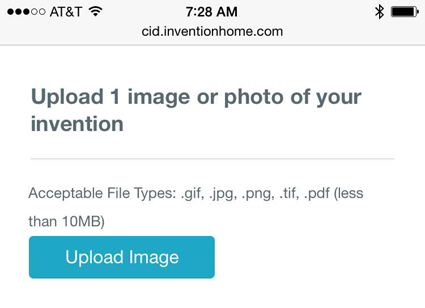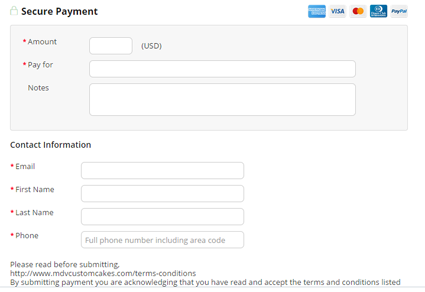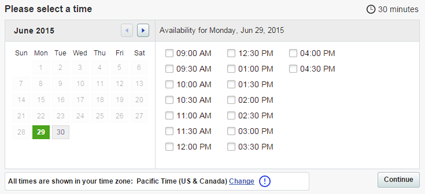The Importance of Online Self-Service For SMBs and Their Clientele

Ran Oelgiesser, CMO of vCita
It's funny how the line between innovation and convention blurs over time. What was once a creative outside-the-box solution often becomes an everyday expectation. Such is the case with customer service. Brought on by larger organizations, the convenience of self-service options for clientele is now an expected part of the consumer experience across industries such as retail, banks, communication and travel, just to name a few. Originally intended to increase sales and streamline billing cycles - the convenience of online self-service activities such as purchasing products, paying invoices, scheduling an appointment, etc., at any time is now a prerequisite for businesses to remain competitive and profitable. So what's the takeaway for small businesses?
Today it is more important than ever for small businesses to fully explore the benefits and understand the value of online self-service to their customers as well as their bottom line. Some segments - such as retail - have been able to successfully adopt these capabilities, resulting in the ability for even the smallest of shops to expand their business nationwide while allowing customers to use their websites to purchase products and serve themselves when needed. However, for those in other verticals where self-service solutions are not yet mainstream, there are a number of ways to start embracing this transition, get ahead of the game, generate business and increase customer loyalty. It reminds me of the "credit card payment adoption," which many small businesses at one point resisted. Large enterprises have already set the tone for easy online self-service options, and competitors lagging behind will alienate themselves from today's 'instant gratification' consumers.
Online self-service capabilities vary in both functionality and complexity. Fortunately, these capabilities can be adopted in small steps and in ways that cause minimal disruption for the business. Here are a few great places to start for those who are not sure where to begin:
- Document Sharing and Online Forms: Two of the most common Web-based self service capabilities for SMBs; many in the professional services field, such as lawyers, accountants, therapists and realtors, utilize these types of portals for clients to upload files (see image) or documents, or complete forms prior to a meeting through the company's website. Benefits of these self-service capabilities include time-saving for both the business and customer. It also allows a business to get deeper insights around a specific client need in advance of a meeting - helping them to proactively prepare for how to advise a customer during their next in-person conversation.

- Online Payment and Invoicing: The days of paper invoicing are nearly gone. As emailing invoices becomes the norm, ensuring small businesses also give their customers the option to pay with a credit card right from an email or on their website is the next step. This eliminates the need for customers to call the business and wait for the admin to take a payment. These self-service payment processes create timesaving opportunities for the business and provide a better customer experience at the same time (see image from MDV Custom Cakes, LLC).

- Appointment Scheduling & Reminders: Many SMBs utilize manpower to help customers schedule appointments, leave phone reminders, and update past customers that it's time to book a follow up service, review or a check-up. Even small businesses with fewer than five staff members easily spend over 100 hours coordinating these tasks every month. Online scheduling is here to give that time back to the business. It allows clients to go online, select the staff member and book an appointment at a time that works for all parties. They can do it at home after hours, or on the way into work from their mobile phone, and even reschedule as needed - without a single call to the office. Some technologies also integrate email and text reminders for appointments as well.

Self-service technologies save time and cut costs, but how effectively they do either one can largely fall on how a business uses them. Furthermore, not only do consumers expect convenience in their interactions with their service providers, but, in this instant gratification economy, they're more likely to return to businesses that meet these preferences.
The self-service capabilities listed above put new transactions just a few key strokes away, placing an SMB's services or products at the convenience of countless consumers all day - without increasing the burden on the business. When thinking about whether or not to implement self-service features, an SMB should consider the very nature of what this means: it's the ability to empower clients to complete actions on their own at their convenience, saving the business precious time in the process. And although the process of implementing these capabilities can seem daunting, even the most basic of self service capabilities that I've outlined above can quickly result in new business efficiencies and happier customers.
About the author:
Ran Oelgiesser is chief marketing officer of vCita. He has nearly 20 years of experience in helping startups and large organizations with technology, product management, and marketing. Prior to vCita, Ran was a co-founder and vice president of product marketing at Kidaro (acquired by Microsoft in 2008).

Subscribe to Our Newsletter!
Latest in Marketing








